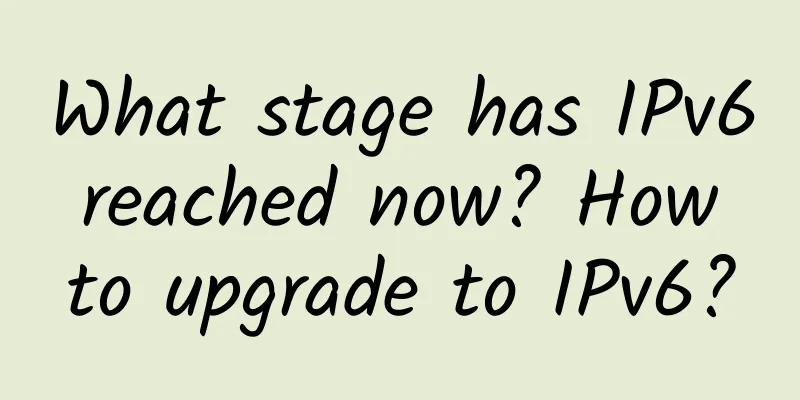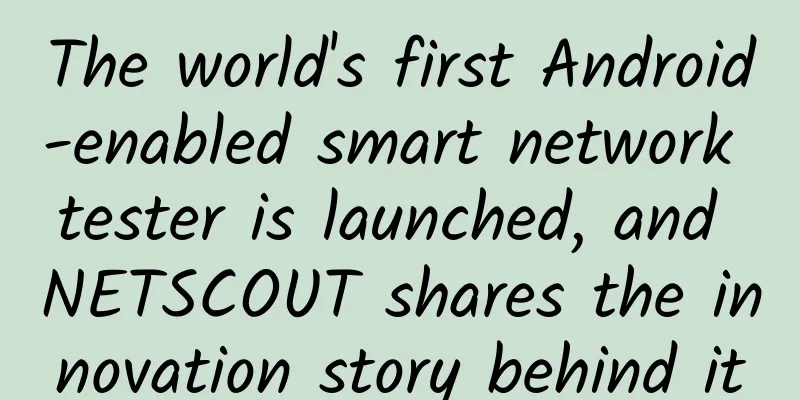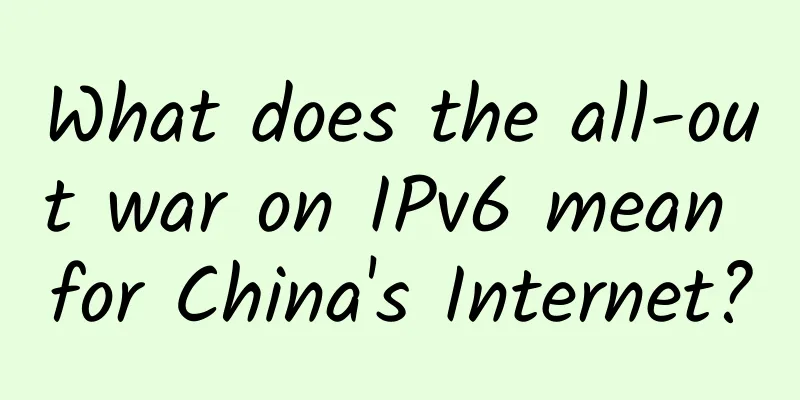5G - the future network technology for all applications

|
As 5G is being promoted and deployed around the world, the trend of IoT devices using cellular networks is growing compared to other established technologies such as Wi-Fi. Why is cellular technology so popular, and can all network connections be replaced by cellular technology in the future? Current Wireless Solutions Currently, there is a wide range of possibilities for devices that use wireless communications, including infrared, Li-Fi, Wi-Fi, Bluetooth, and cellular networks. Each technology has its advantages and disadvantages, some of which have a larger coverage area (such as cellular) while others are cheaper (such as Wi-Fi). Therefore, when choosing a wireless technology, all environmental and design aspects that may affect the performance of the device must be considered, including factors such as bandwidth, range, interference, cost, and availability. However, among all the existing technologies, two in particular stand out. These are Wi-Fi and Bluetooth. These two wireless technologies operate at similar frequencies (2.4GHz spectrum) and can be found in almost all modern mobile and IoT devices. Wi-Fi has advantages over Bluetooth in that its higher transmission power allows for a longer operating range (Wi-Fi can reach up to 100 meters, while Bluetooth is 10 meters) and higher bandwidth. However, using more transmission power means that the device consumes more power, thus draining the battery faster. Bluetooth is well suited for solutions that use small batteries and only need to transmit small data packets over short distances, which is why IoT designs tend to prefer Bluetooth transmission. Wi-Fi is a mature technology that can be found in many different environments, such as homes, offices, and industrial sites, making it the first choice for applications that require connected devices. However, cellular technology is being taken seriously by engineers in the industry, suggesting that technologies such as 4G and 5G may replace Wi-Fi and Bluetooth. What are the advantages of cellular technologies over other wireless methods that make them ideal solutions for the future? 5G and Wi-Fi Understanding the differences between 5G and Wi-Fi helps understand the capabilities of their target applications and deployments. Cellular technology needs to handle thousands of simultaneous calls while also having to provide internet connectivity at download speeds in excess of 100Mbps. The cellular base stations responsible for the distribution of cellular technology also need to have reasonable coverage to minimize the number of base stations that need to be built. To further complicate matters, mobile users are required to be able to move from one cell to another (both cells are controlled by different base stations) without experiencing dropped calls or data interruptions. Wi-Fi technology needs to handle dozens of devices around the home and office, with the maximum theoretical number of devices on a single Wi-Fi connection being 255. Since Wi-Fi networks are usually private, their range is limited to a room or building, and the range limitation also helps comply with radio transmission laws and reduce interference with other Wi-Fi networks. Since most typical Wi-Fi installations have only one access point, there is no need for automatic network switching when moving to different areas. At this point, we can now compare cellular networks to Wi-Fi to see how they relate to each other. Wi-Fi consumes less power than cellular-based technologies, which would be advantageous in applications that rely on portable power sources. However, an increasing number of IoT devices do not have portable power sources, nor do they have large amounts of power available, making Wi-Fi and other technologies less attractive. The increase in the number of devices in the home and the advancement of IoT have also brought problems to Wi-Fi technology due to the limited number of devices that can connect to a single network. As more devices connect to the same network, latency and data transfer rates drop significantly, which can easily happen with more than 20 devices connected to a single Wi-Fi access point. Why use cellular technology? Cellular-based technologies such as 4G and 5G offer designers a wide range of opportunities that are not possible with Wi-Fi and Bluetooth. As network coverage continues to increase, devices can be placed in most any location and still have a network signal, whether it is on top of a building, in an office, or in a park. If these devices can be permanently powered, the power consumption issues of using mobile technology are eliminated. One application area that has received a lot of attention in mobile technology is the automotive industry, as vehicles roaming from one cell to another need to be able to stay connected, and the large number of vehicles on the road can be easily handled using MIMO antennas within the cellular signal coverage area. Moreover, the low latency and high data rates provided by 5G will allow communication between vehicles to be faster than other technologies such as Wi-Fi. 5G replacement application cases Although 5G is still being introduced around the world, it has already started to cause a paradigm shift. One example is the US-based Dish Network, which had been developing an NB-IoT network for IoT devices. The project, which had invested over $500 million, was canceled by Dish Network, which then suffered a loss of $253 million. The reason for this was that Dish Network changed its strategy and decided to continue with the development and installation of its 5G network, which they believe is the right move. This move also shows the importance of removing multiple protocols and connection methods in favor of one unified technology. IIoT (Industrial Internet of Things) is another area where legacy technologies are being replaced with mobile ones. While Wi-Fi is perfectly suitable for providing connectivity to some home devices, it is not ideal in industrial environments, which may include multiple floors, thick walls, large buildings, and wide spaces between different facilities. Because mobile technology will benefit greatly in these applications, some mobile network providers are working with industrial companies to develop dedicated mobile networks. These can enable thousands of devices to connect to a single access point or multiple antenna towers, enabling roaming capabilities. This is especially important for autonomous transporters that move materials and goods from one site to another, which require a constant and reliable uplink to a central server. Summarize Currently, Wi-Fi and Bluetooth are sufficient for home and office needs, but the increasing number of devices in industrial sites has put pressure on these networks. As IoT devices continue to integrate into daily life and the number of Internet-enabled devices in the home continues to increase, Wi-Fi networks will not be able to handle the challenges of data volume and the number of simultaneously connected devices. Technologies such as 5G provide high-speed, low-latency connections and have the long-range ability to roam between network units, making it an ideal replacement for Wi-Fi. However, future "5G-like" systems are likely to be miniaturized versions of large mobile networks with small private networks that use multiple small sites connected in a mesh to provide connectivity to all the devices in the house. Unless the fundamentals of Wi-Fi change (such as the technological advancements of WiFi6, which support networking, greater bandwidth and transmission rates), the future may see most wireless communications handled by 5G systems. |
<<: CCS Insight: 5G connections to jump to 3.2 billion by the end of 2025
>>: Edge computing and fog computing explained
Recommend
5G new scenarios and technologies bring new security threats
Compared with the traditional mobile Internet sce...
Do you know the characteristics of 5G core network (5GC)?
[[333327]] 3GPP defines the 5G core network as a ...
Ericsson signs 5G SA agreement with Spanish telecom operator Masmovil
According to foreign media reports, Swedish suppl...
Break through with operation and maintenance tools! See how the operation and maintenance department of China Merchants Bank gets along well with development and business
[51CTO.com original article] When traditional ban...
What are the similarities between social concepts and the SDN model?
The social principle seems to have a strange conn...
iWebFusion: Starting from $45/month E3-1230v2/16GB/2TB/10TB@1Gbps, multiple data centers in Los Angeles and other places
iWebFusion (iWFHosting) is a site of H4Y, a forei...
Dell'Oro report: By 2026, Open RAN is expected to account for about 15% of the overall RAN market
A new report from market research firm Dell'O...
If you think 5G technology is overhyped, wait for 5.5G to arrive
Less than half of UK 5G users say 5G offers impro...
In the cardless era, can eSIM gain a foothold in the IoT circle?
The basic functions of mobile phones remain uncha...
Did you know there are 4 types of network latency?
Speaking of latency, most of us are familiar with...
5 reasons why SMBs shouldn’t upgrade to 5G yet
The excitement around 5G continues, and for good ...
Research And Markets: By 2022, about 90% of industrial companies will use edge computing
On February 6, a new report released by market re...
AT&T 5G is powering 'massive' enterprise IoT
US-based telecom operators have been working on h...
What is the difference between Cookie and Session in HTTP protocol?
HTTP is a stateless protocol, that is, each time ...
Supply Chain Management Is Critical to SD-WAN
SD-WAN is not an all-encompassing solution; it is...








